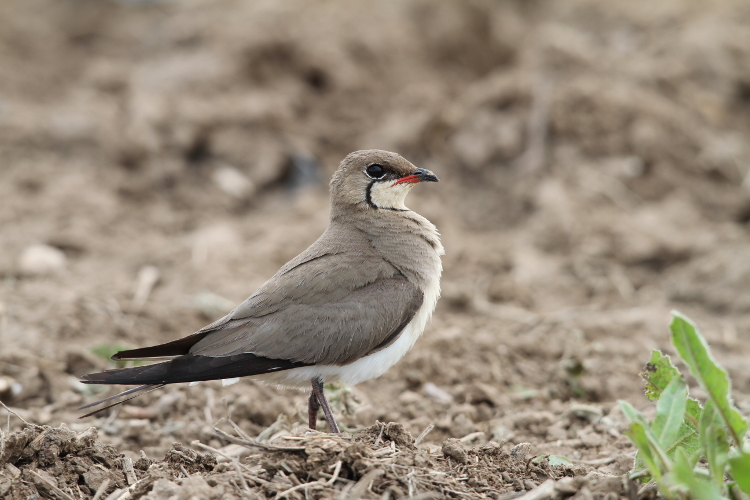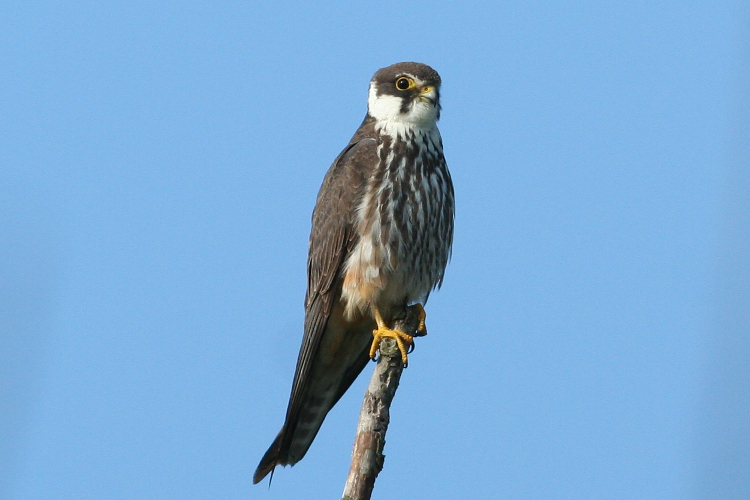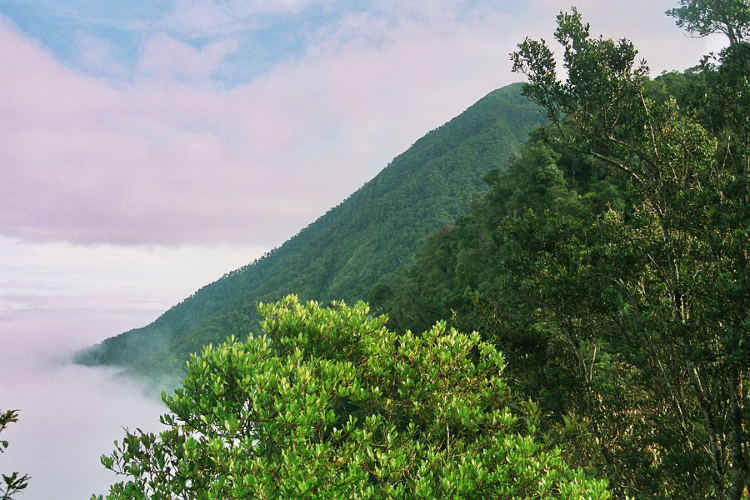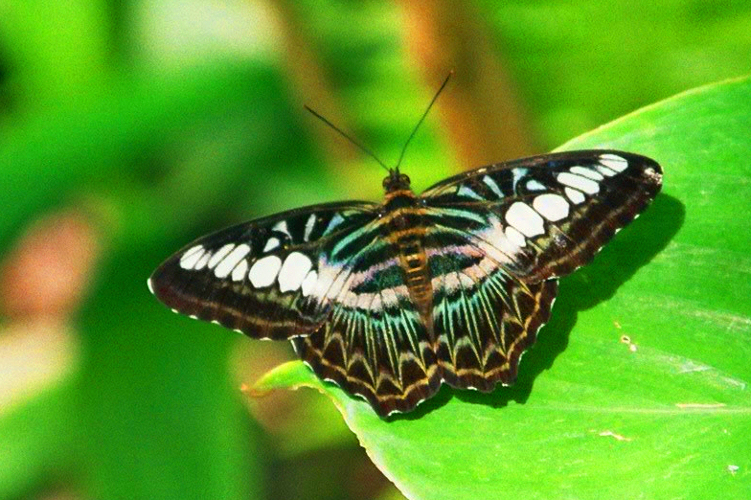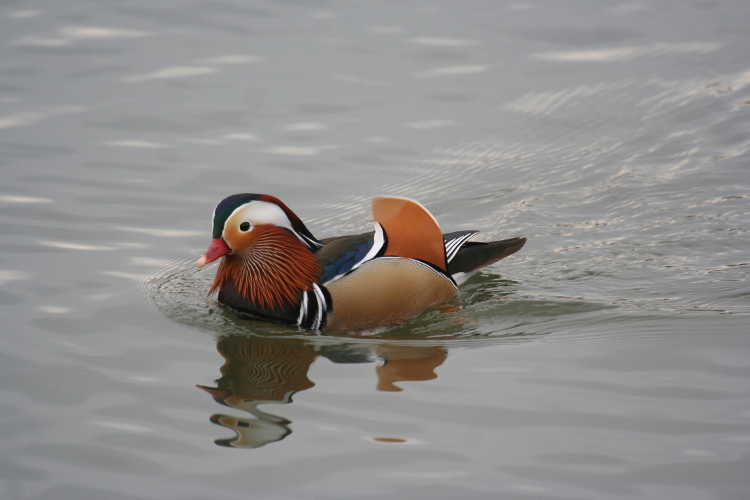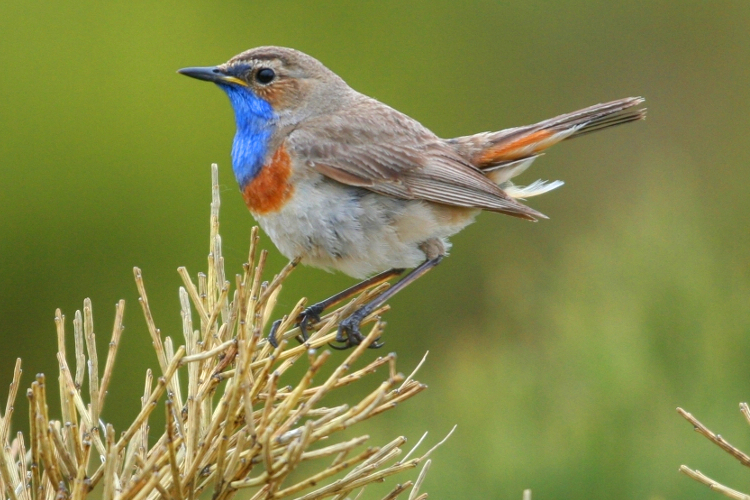LINKS





orientalbirdclub
Ayuwat Jearwattanakanok's BS
Tim Laman's WP
Festival de la photo de Montier-en-Der
National Geographic
Birds of the World
IOC World bird list
www.wikiaves.com
www.ornitho.lu
www.ornitho.ch
www.faune-grandest.org
Guislain Simard's macro-photo
jewel-beetles






CATALONIA & ARAGON
Aigüamolls de l'Emporda
The reserve of Aiguamolls de l'Emporda is a wide wetland zone located at the exterme north-east of Spain, from 30km from french boundary, not far from the town of Figueres. The park itself is extremely well designed and comprises many installations of pedagogic interest as well as many pedestrian paths and observatories. Fauna and flora are primarily of the Mediterranean type; many reptiles, tortoises, lizards and others are present there, the lake extents habritent of fish numerous species of which certain endemic as well as the otter; finally, avian fauna is particularly various with many water birds. I accomplished two stays in the reserve, with the outward journey and with the return, thus I could note the presence of the many birds, most being the white cicogne, the black-winged stilt, the Little Egret, the cattle egret, the seagulls, black-headed gulls, glossy ibis, etc; the reserve of Aiguamolls is one of the rare places where it was possible for me to observe easily the eurasian nightingale.
By come-back, I could also to observe splendid squacco herons; this bird is relatively common in the Mediterranean countries but in France it goes up until Alsace and landscape around Nantes (Grandlieu). The many reeds of the reserve are the habitat of quantity of characteristic birds such as the reed-warbler, water rail, bittern, etc… And in plus, I also noticed the presence of a group of monk-parrots who was fit-up a nest of white storks to take possession of it; this specie, caming from South America, has colonized many areas in the United States and in Europe, probably following the escape or releasing accidental individuals maintained in captivity; the species adapts so easily that it is geared down at the point to become invasive, which is not without worrying the farmers;
Ebro Delta
Ebro Delta (in spanish: Delta del Ebro) is the widest natural zone in Catalonia, located between Barcelona and Valencia, close to the town of Amposta; this wild zone has no defined delimitation, it surrounds the mouth of the river Ebro and is largely covered by rice plantations, offering good places for many water-birds.
The most interesting part of the reserve is located at the end of the delta, while going towards the beaches but it should be noticed that the access to the island of Buda, which is located inside the mouth of the river remains prohibited to the public; such restriction may appear to be frustating but this situation allow the ecosystem to remain intact and to evolve and flourish without suffer disturbance which should impact his good balance; a great thank to spanish autorities who understood the benefit to create or preserve such natural zones.
To make succeed such projects of creation or preservation of natural spaces is not always so obvious because this implies to counter the increasing pressure of farmers or promoters (and this often covered by political officials or lobbies) who often don't understand the benefit to withdrawexploitable zones by converting them into naturel ones that "are useless"; but this is precisely all the paradox of such situations, where such actions appear useless but necessary to counter the misdeeds of excessive practices such intensive farming (with abusive usage of pesticides), modification of the structure of grounds, numerous pollutions, and so on... Thus I spent a whole day at the beginning of May 2019 in the reserve where I could admire quantity of water birds, seagulls, stilts, terns, sandipers, herons and so on…
Most of them take benefit from the low-depth water-plan provided by rice plantations; some local specialties can be there observed like the Audouin's gull, a typical mediterranean specie, very common in all the wetlands; the slender-billed gull is also present but much less numerous. Among the other marine birds of the reserve, I could observe the wiskered tern (very common), the european herring-gull as well as other species of gulls and terns; the purple heron, the collared praticole, the common ringed-plover, the purple swamphen and the cattle egret are also observable in the reserve.
El Planeron
The ornithological reserve of El Planeron is located at about forty kilometers in the south of Zaragoza, in a semi-desertic landscape embedded between plateaux; the vegetation is there mainly made up of a desertic steppe, habitat of many birds such as the larks and in particular emblematic Dupont's lark.
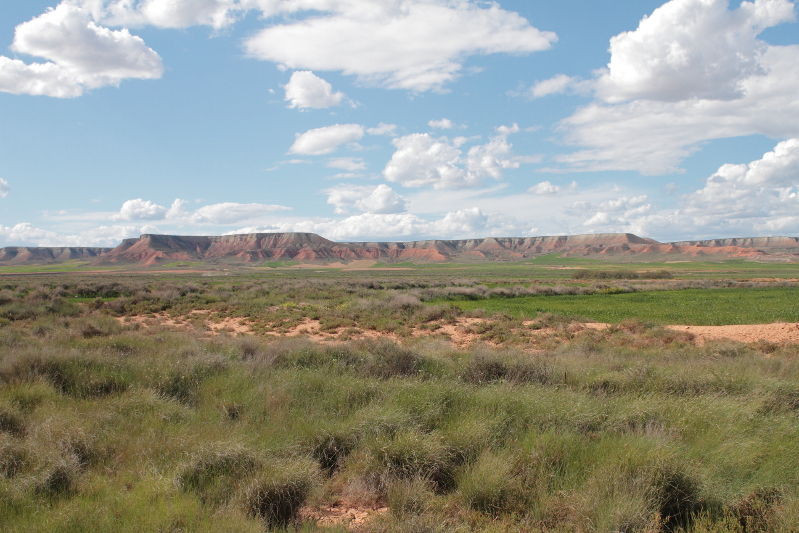
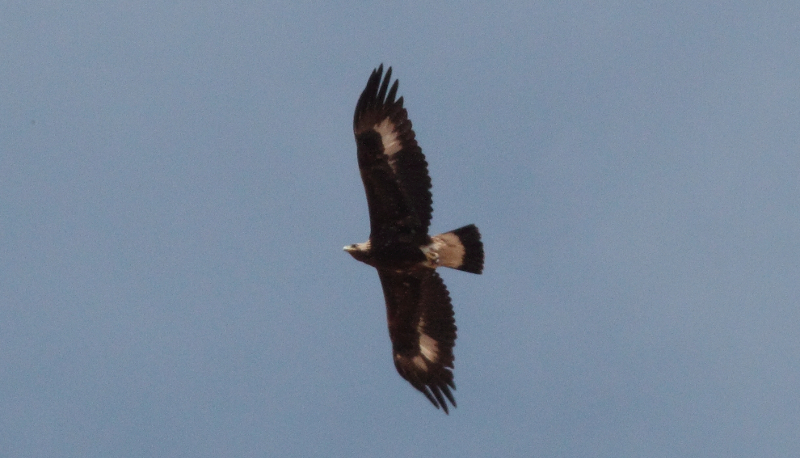
Since the rains can be sometimes enough important during the winter, the reserve comprises some wetlands which afford convenient habitat for herons, stilts, water rails, etc the semi-arid zones are the habitat of numerous species such as red partridge, choughs, weathers, the hoopoe and several species of raptors like the marsh harrier or the hen harrier; the stone-curlew is also common there but it seems relatively wary and difficult to approach and eventually it is difficult to obtain any photo-shot of this bird.
The little bustard is also presents in the reserve. The pin-tailed sandgrouse may be see generally early in the morning or last in the afternoon or evening; it is also possible to be rewarded by the view of the golden eagle who probably hunts the numerous rabbits that may be see running every where; this bird, is now very rare in France as in many area of Europe but it still remains locally common in Spain.
Several species of larks populate the steppes of the area, as the calendra, the greater short-toad lark, the lesser short-toad lark and the crested lark but the most emblematic bird of the reserve remain the Dupont's lark.
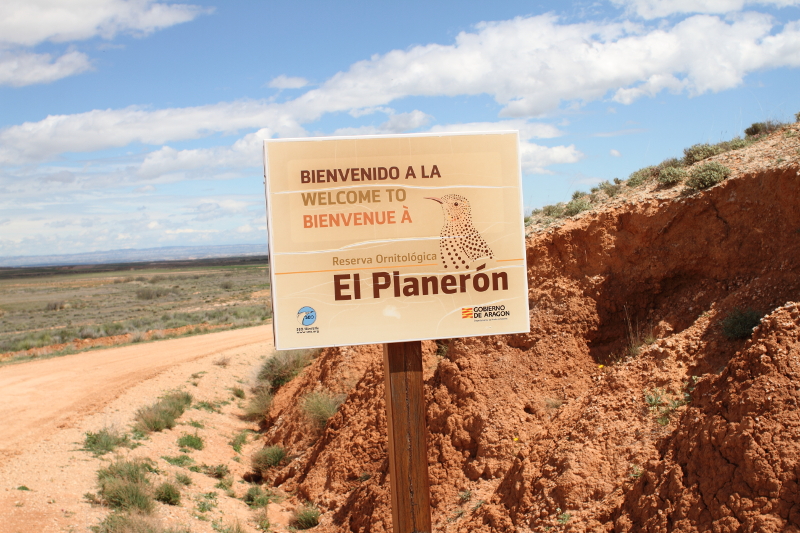
This very discrete bird exists only in Spain and North Africa; while this specie is globally considered as near-threatened, it locally remains common in Spain but its discretes habits make it difficult to find and observe, especially when it does not sing; balking to fly, the Dupont's lark stay in general well hided in grasses of the semi-arid steppe and prefers to move quickly while threading in the manner of a lizard. The song of this bird is very unlike of those of the other larks: it is a succession of six or seven brief dissonant notes followed by a inflected high-pitched note with a quality-sound close to that of some fringilles like a finch or a linnet. Although I noted that several of these birds were present in the reserve during the several days of my visit, I eventually may to be satisfy to furtively observe them without being able to take some correct photo-shot. The reserve of El Planeron undergoes from now on the pressure of agriculture and seems dangerously parcelled out at the point to be nibbled by the culture; it is paramount to preserve the integrity of such a santuary.
